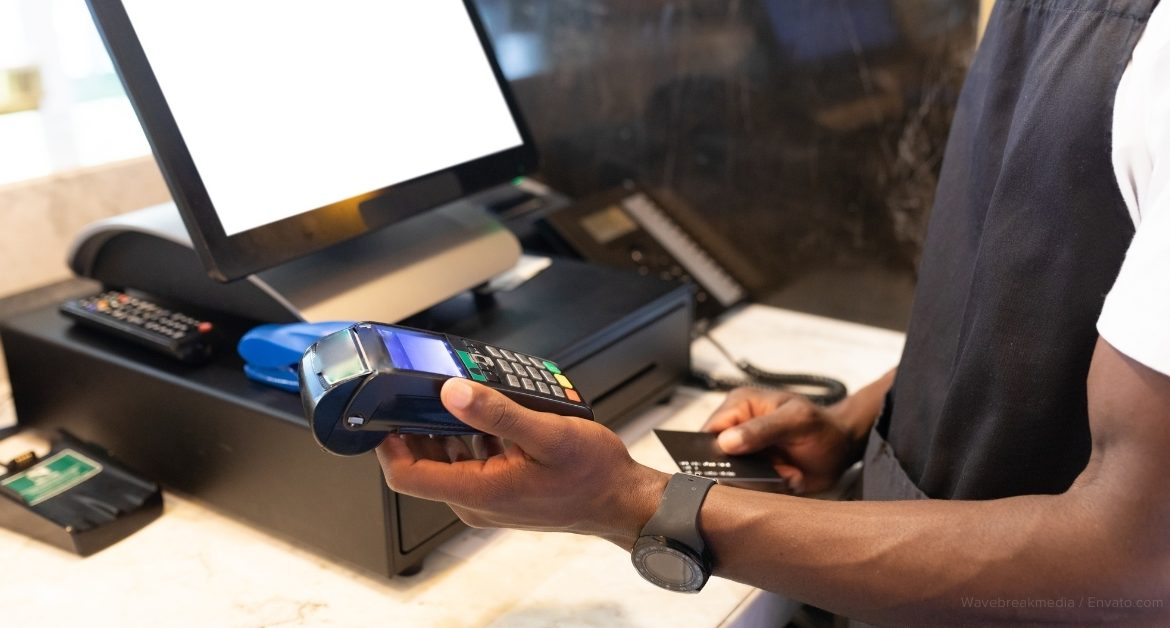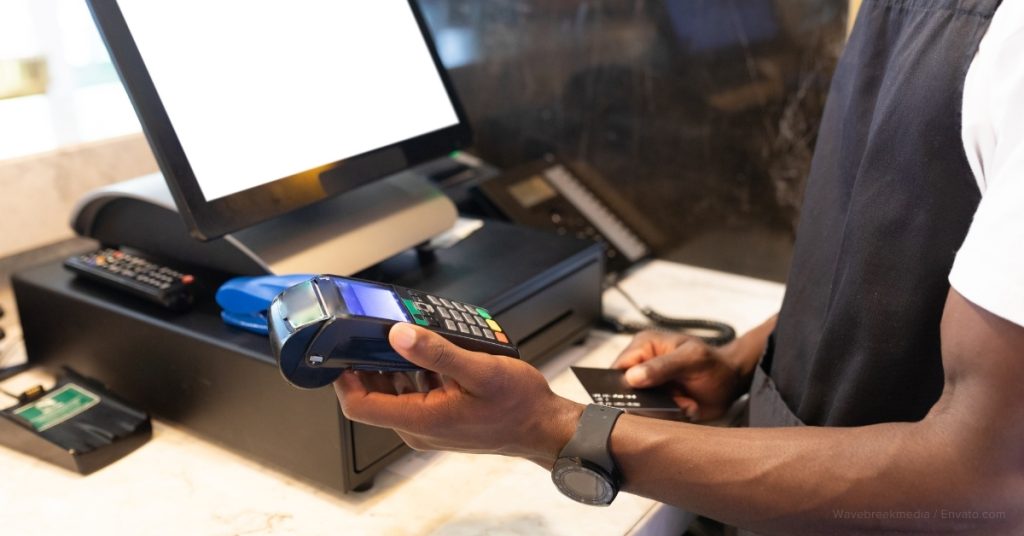
A point-of-sale (POS) terminal is more than just a means to pay. It’s where payments are processed, sales are tracked, and valuable data is stored to keep operations running smoothly.
Understanding how a POS terminal works shows how it has grown from a simple cash register into a powerful tool that combines hardware, software, and even cloud technology. In this article, we’ll walk through this journey and explore what’s next for this essential business tool.
What Are Point of Sale Systems’ Origins?
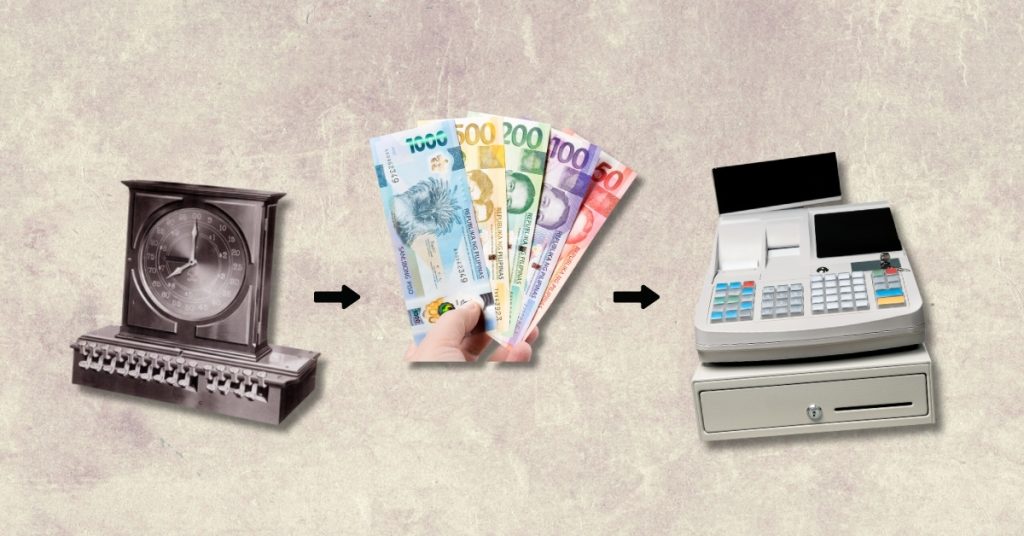
The roots of POS systems trace back to 1879, when James Ritty invented the first cash register to stop employee theft and improve accuracy. His invention, later sold through the National Cash Register Company, transformed the world of commerce for the better.
For many years, store owners relied on manual processes, from counting cash and writing receipts by hand, to keeping thick ledgers for records. While these steps worked, they left plenty of room for mistakes and fraud.
By the mid-20th century, early electronic registers and magnetic stripe readers began to appear. These machines automated some processes, but the fundamentals remained the same, with receipts, records, and logs of transactions to maintain financial transparency.
The Rise of Electronic POS Systems
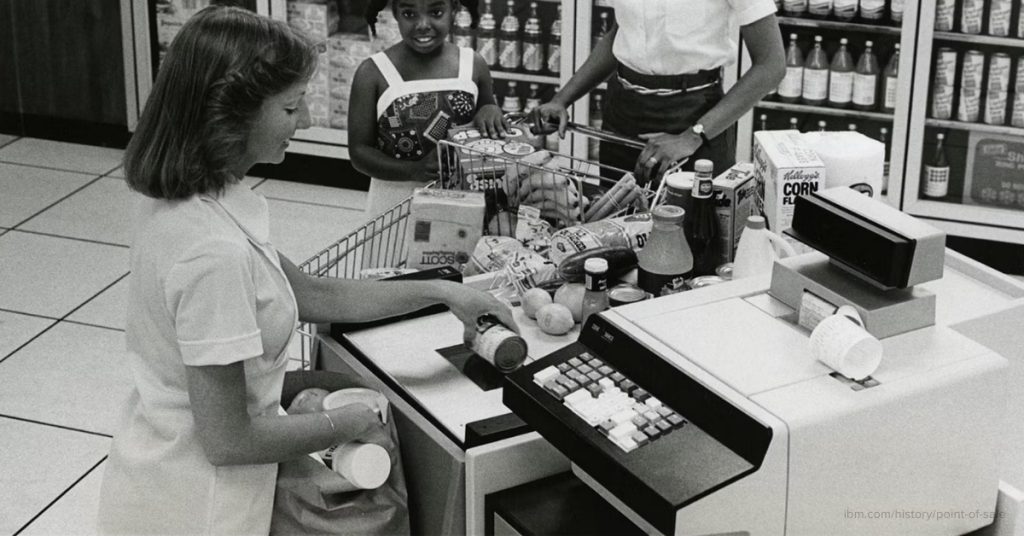
The late 20th century marked a turning point. In the 1970s, IBM introduced the first commercial electronic POS (ePOS) systems. For the first time, businesses could track transactions in real time.
By the 1980s, new technologies such as barcode scanners, credit card swipers, and touchscreens started shaping the retail and hospitality industries. Entrepreneurs like Gene Mosher, who created the first touchscreen POS in 1986, made these systems more intuitive and user-friendly.
The plain “cash register” soon became smarter, with new systems offering faster checkouts and more reliable sales reports that helped business owners flag trends early on.
How POS Terminals Work Today: Shift to Cloud-Based and Mobile POS
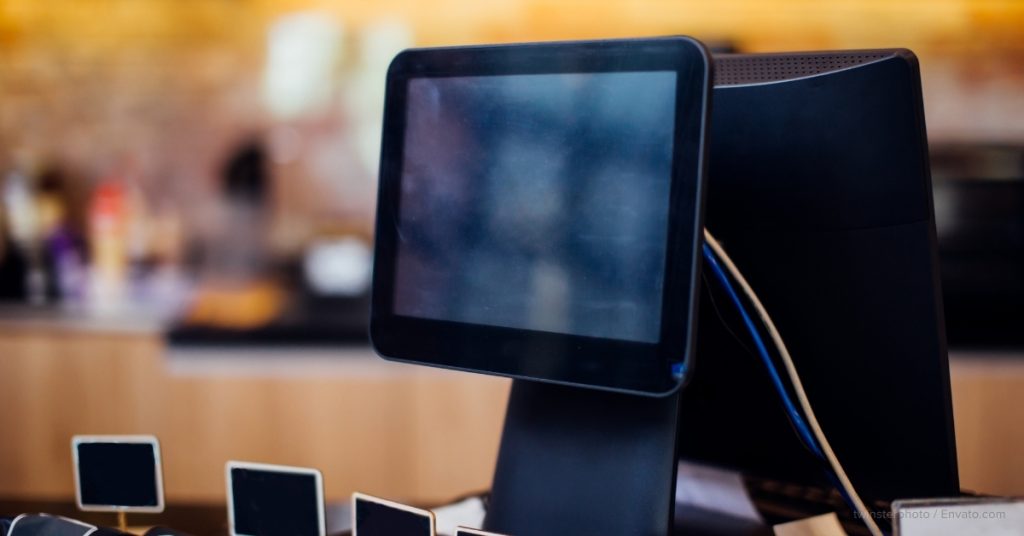
The 2000s ushered in a new era of cloud-based modern solutions. Instead of relying on bulky machines and in-store servers, businesses could now access sales, inventory, and customer data from anywhere with an internet connection.
Cloud-based POS systems also gave small businesses a big advantage, allowing owners to back up data securely and manage multiple branches from one dashboard without the high costs of traditional hardware.
When mobile solutions were introduced, this flexibility was pushed even further. Restaurants began using handheld devices to take orders tableside, while retailers could serve customers anywhere in the store or even outside it.
POS Software Innovation: Modern Features and Future Trends
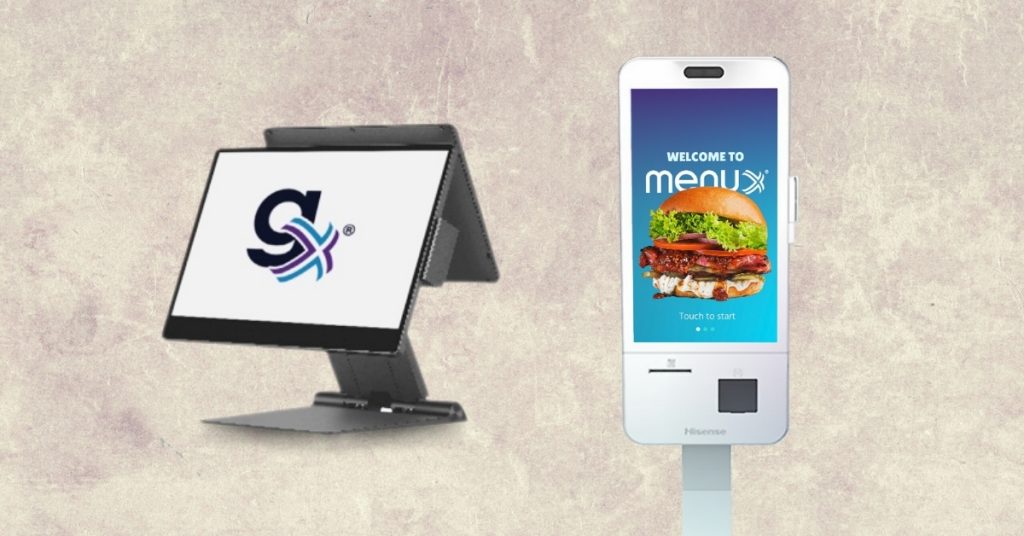
How POS terminals work today goes beyond transactions, with features such as:
- Contactless payments for faster, safer transactions
- Loyalty programs that keep customers coming back
- AI-powered analytics to predict demand and improve decision-making
- Omni-channel support so businesses can sell in-store, online, and even through apps seamlessly
Looking forward, POS technology is set to evolve even more. Some POS software innovations we can expect to roll out in the years to come include:
- Biometric authentication (like fingerprint or facial recognition) for secure payments
- Blockchain to enhance transaction security
- IoT integration that connects POS systems with other smart devices for automated operations
Stay Ahead with Next-Gen POS from genieX

Comparing how POS terminals work today to how it functioned decades ago reveals a strong pursuit of efficiency, security, and customer convenience that impressively prevails, still shaping how businesses operate.
From the very first cash register in 1879 to today’s modern, POS data-driven systems, the POS has always been at the heart of retail innovation. What was once just a way to record sales has transformed into a powerful business tool-tracking transactions in real time, unlocking customer insights, enabling omni-channel selling, and ensuring financial accuracy.
For business owners in the Philippines, this evolution is no longer out of reach. With genieX as your digital transformation partner for retail, you can harness modern POS technology to simplify daily operations, strengthen decision-making with real-time data, and deliver the speed and convenience customers now expect.
The retail landscape will continue to evolve, don’t let your business get left behind.
Contact genieX today and discover how the right POS solution can help you stay competitive, scalable, and ready for the future.

